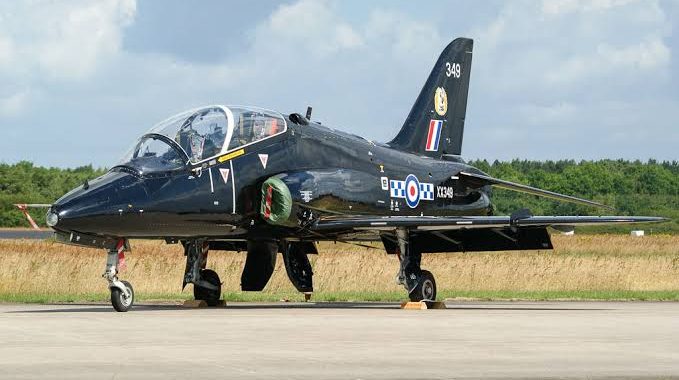Amazing Facts about the BAE Systems Hawk; The Advanced Trainer Aircraft
The aircraft for today is a trainer aircraft that was initially built to be a single-engine and jet-powered advanced trainer for the British Air Force. The aircraft was produced initially by the company known as Hawker Siddeley back in the late 1960s and the first prototype of it flew back in 1974 at Dunsfold, Surrey. … Continue reading Amazing Facts about the BAE Systems Hawk; The Advanced Trainer Aircraft
0 Comments
